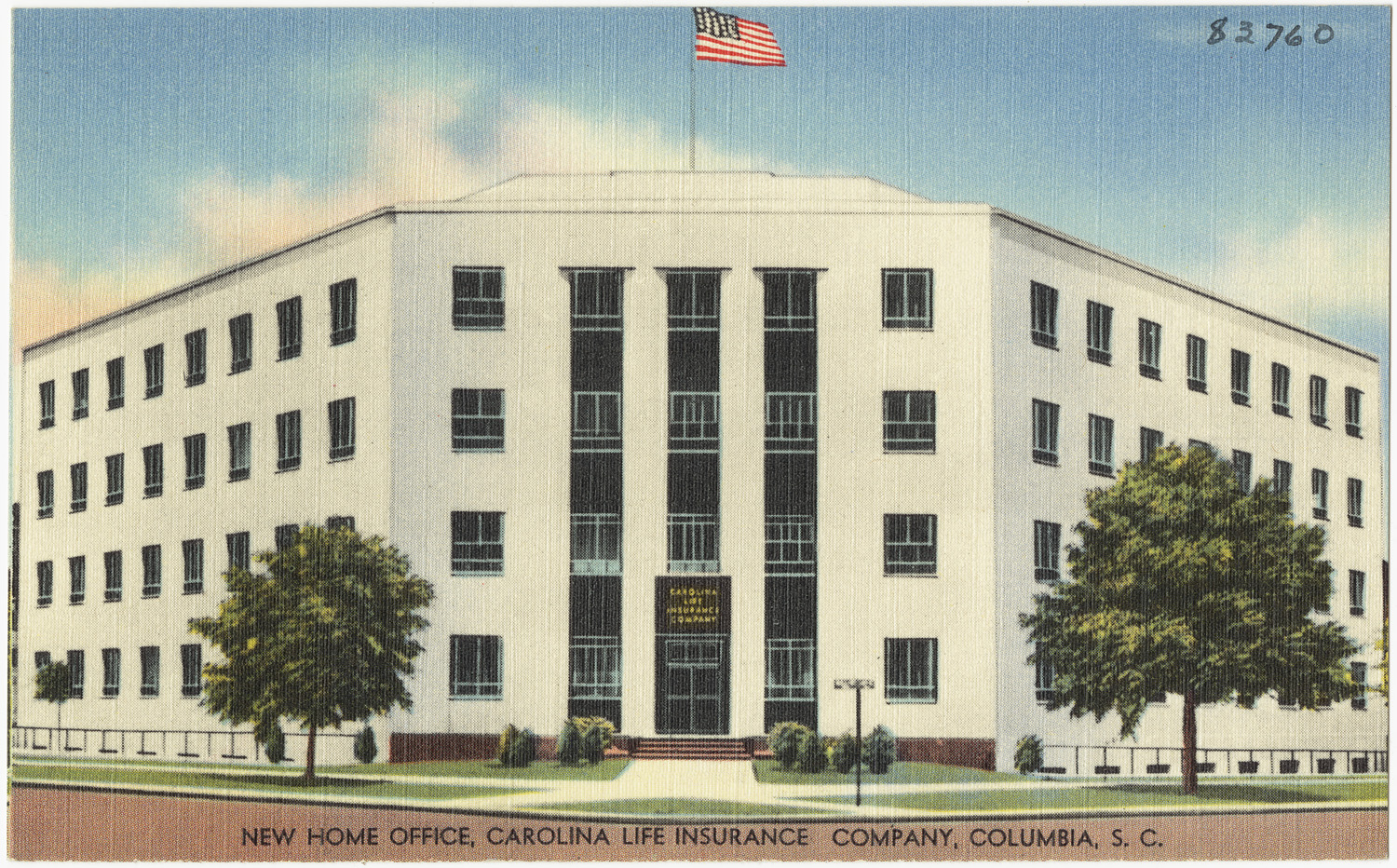Don’t Worry About Public Bond Market Illiquidity

The talk regarding an illiquid public corporate bond market goes on, and if you’ve read me over the past year on this topic, you know that I don’t think it is a serious issue. ?One of the reasons why it is not a big issue is that the public bond market is designed to be low liquidity.
It starts with how bonds are originally issued. ?New bonds and new stocks are issued in similar ways, but with a few differences:
- IPOs of stocks have a higher retail component. ?Bonds, aside from muni bonds, are typically almost entirely institutional
- IPOs are typically priced cheap, but with bonds the cheapness is smaller and more frequent.
- Bond IPOs usually happen with companies that have issued other bonds before
- Bond IPOs happen more frequently, except in a bear market
- Bond IPOs typically happen more rapidly, minutes to a few days, except in a bear market
IPOs on Wall Street get allocated if they are oversubscribed. ?When they are oversubscribed, the deal is typically good, and everyone wants more, so they put in huge orders. ?The dealer desks on Wall Street solves this problem by allocating proportionate?to the size that they have come to understand the managers in question typically buy and sell at,?with some adjustment for account profitability.
Those that flip cheap bonds for a quick profit typically get penalized, and their allocations get reduced. ?Those that buy bonds in the open market when the deal breaks and becomes “free to trade” can become eligible for larger allocations. ?The dealer desks work in this way because they want the buyers to be long-term holders, and not seekers of easy profits from flipping. ?That doesn’t mean you can never trade a bond you have bought — just not in the first month, subject to a few exceptions like a small allocation, your credit analyst rejected it, etc. ?(Oh, and if one of those exceptions exists, the primary dealers want to do the secondary trade. ?If the exceptions don’t exist, they don’t want to know about it.)
If flippers ever get big, despite the efforts of the dealer desks, they will price a deal very tight, and let the flippers take a big loss, with no one wanting to buy the excess bonds unless they are much, much cheaper.
The main effect of this is that once a deal is allocated, it is typically “well-placed,” with few secondary trades after the IPO. ?This is even more pronounced with mortgage bonds, which aside from the AAA tranches, have very small tranche sizes, making them very illiquid.
In this environment, where yields have fallen over the past few years, it is difficult for financial companies that have bought bonds to replace the income if they sell the bond. ?Thus, few bonds will be sold unless they are in the hands of?buyers that don’t have a formal balance sheet, or, when credit quality is deteriorating badly.
Add in one more factor, and you can see why the market is so illiquid — the buy side of the market is more concentrated than in prior years, with big buyers like PIMCO, Blackrock, Metlife, Prudential, etc. being a larger portion of the market. ?Concentrated markets with few holders tend to be less liquid.
All Good/Bad Things Must Come to an End
Some of these factors can be reversed, and others can be mitigated.
- There’s no reason why the buy side has to stay concentrated. ?Big institutions eventually break up because diseconomies of scale kick in. ?Management teams typically do worse as companies get more complex.
- Eventually interest rates will rise. ?Once bonds are in a nearly neutral to negative capital gains positions, parties with balance sheets will trade bonds again.
- Even mutual funds that own a lot of yieldy bonds can have a strategy for dealing with the illiquidity. ?Yieldy bonds have excess yield relative to bonds of similar duration and credit quality, and are often less liquid because there is something odd about them that makes some portion of the market skeptical, which reduces liquidity. ?A mutual fund holding a lot of less liquid bonds, can deal with illiquidity by selling opportunistically, selling more liquid bonds in the short-run, while discreetly inquiring on a few less liquid issues to see where real bids might be. ?Remember, the amount of underperformance is likely to be limited, if any, so a run on a mutual fund is not likely, but in the unlikely case of a run, this can mitigate the effects. ?Personally, I would not be concerned, so long as you keep your pricing marks conservative if cash outflows become a rule in the short-run.
In closing, don’t worry about illiquidity in the bond markets. ?If there is a need for liquidity, the problem will solve itself as sellers lose a little bit in order to gain cash to make payments. ?It’s that simple.




